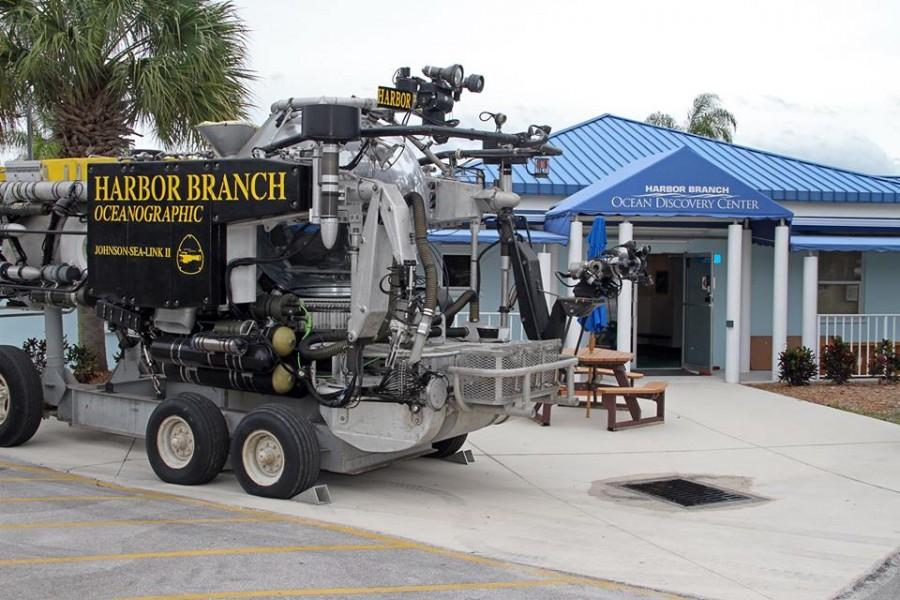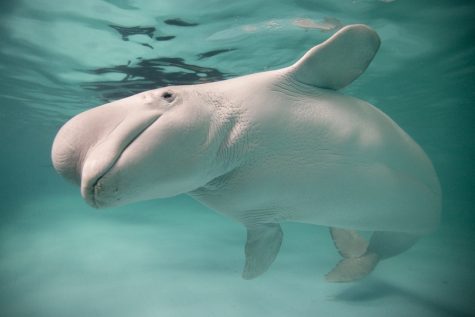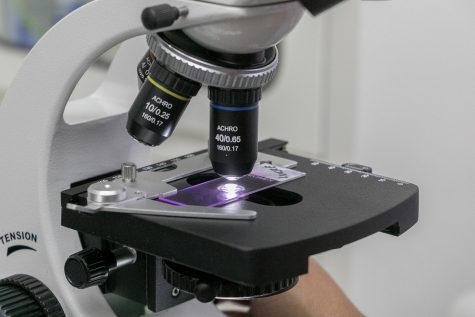Harbor Branch Campus showcasing oceanographic technology in first ever rotating exhibit
New technology like underwater laser imaging just one of the new tools on display starting Saturday
January 16, 2016
Less than five percent of the ocean has been explored to date, according to the National Ocean Service. However, FAU scientists have been developing technology to discover what lies beneath the deep.
On Saturday Jan. 16, the FAU Harbor Branch Oceanographic Institute (HBOI) will be unveiling a showcase that will feature the tools scientists and engineers at FAU use to explore the ocean.
Named “Sight, Sound and Dynamics in the Sea: The Role of Technology in Ocean Exploration,” it will be Harbor Branch’s first ever rotating exhibit.
“The exhibit presents a view into the innovative technology being developed at HBOI, where researchers are making groundbreaking discoveries every day,” a press release from FAU’s research department said.
It will mark the first of a series of oceanographic exhibits displayed by Harbor Branch.
The institute has three main undertakings: exploring the ocean, understanding the marine ecosystem and learning how to wisely use marine resources.
Some of the technologies that the oceanographic institute boasts on its website include surface and sub-surface hydrocarbon detection and characterization, underwater laser imaging and advanced underwater image and video processing.
Laser imaging is similar to the way bats use sonar to visualize the environment around them. The lasers scan beneath sea level to collect accurate 3D models of both underwater structures and the seabed.
The hydrocarbon detection picks up the presence of gas and oil in the water. This is especially useful given that oil and gas industries have offshore pipelines.
Advanced underwater video processing primarily allows for better detection of moving objects, which can help in multiple areas — including the study of the distribution and abundance of oceanic animals.
The exhibit can be seen in the new gallery at the Ocean Discovery Visitor’s Center, 5600 US 1 North, Fort Pierce starting Saturday at 10 a.m.
The exhibit will remain open to the public during regular Ocean Discovery Visitor’s Center hours through August.
Zakaria Sadik is a contributing writer with the University Press. To contact him on this or other stories he can be reached at [email protected] or on Twitter.
















